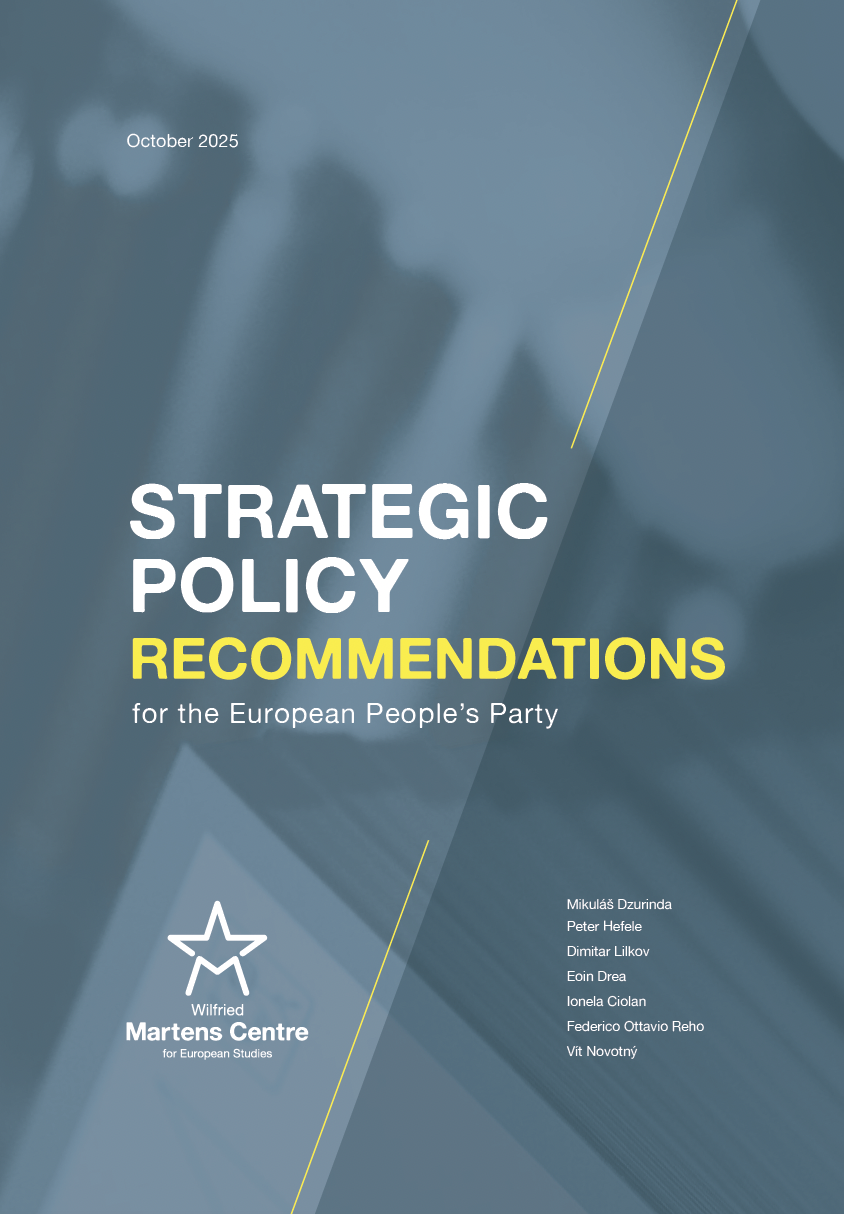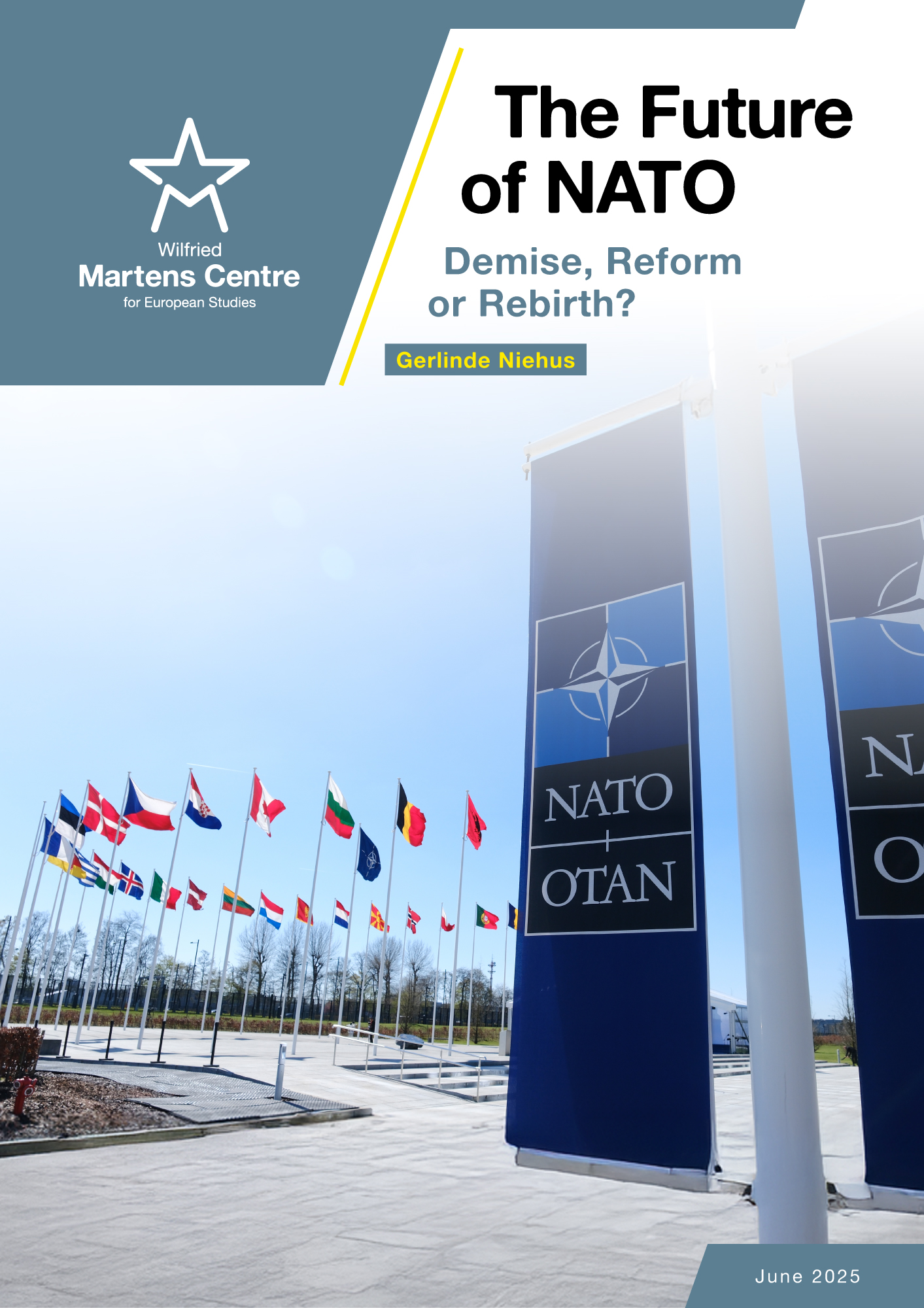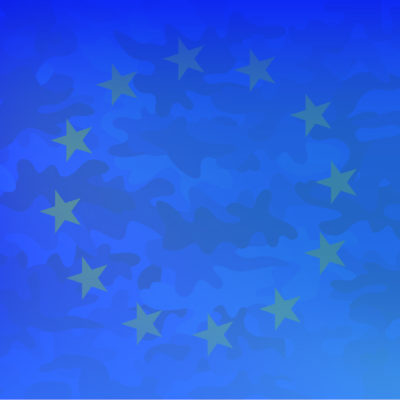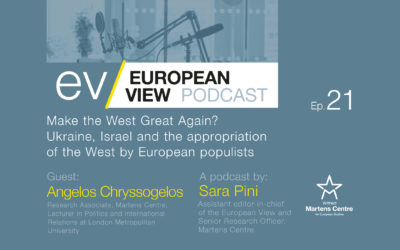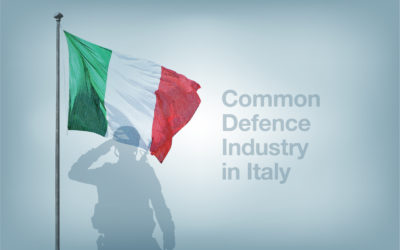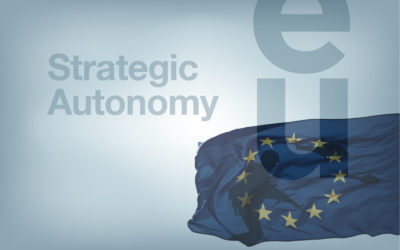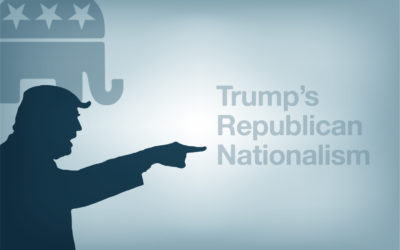European Nuclear Deterrent: With or Without NATO?
12 June 2025
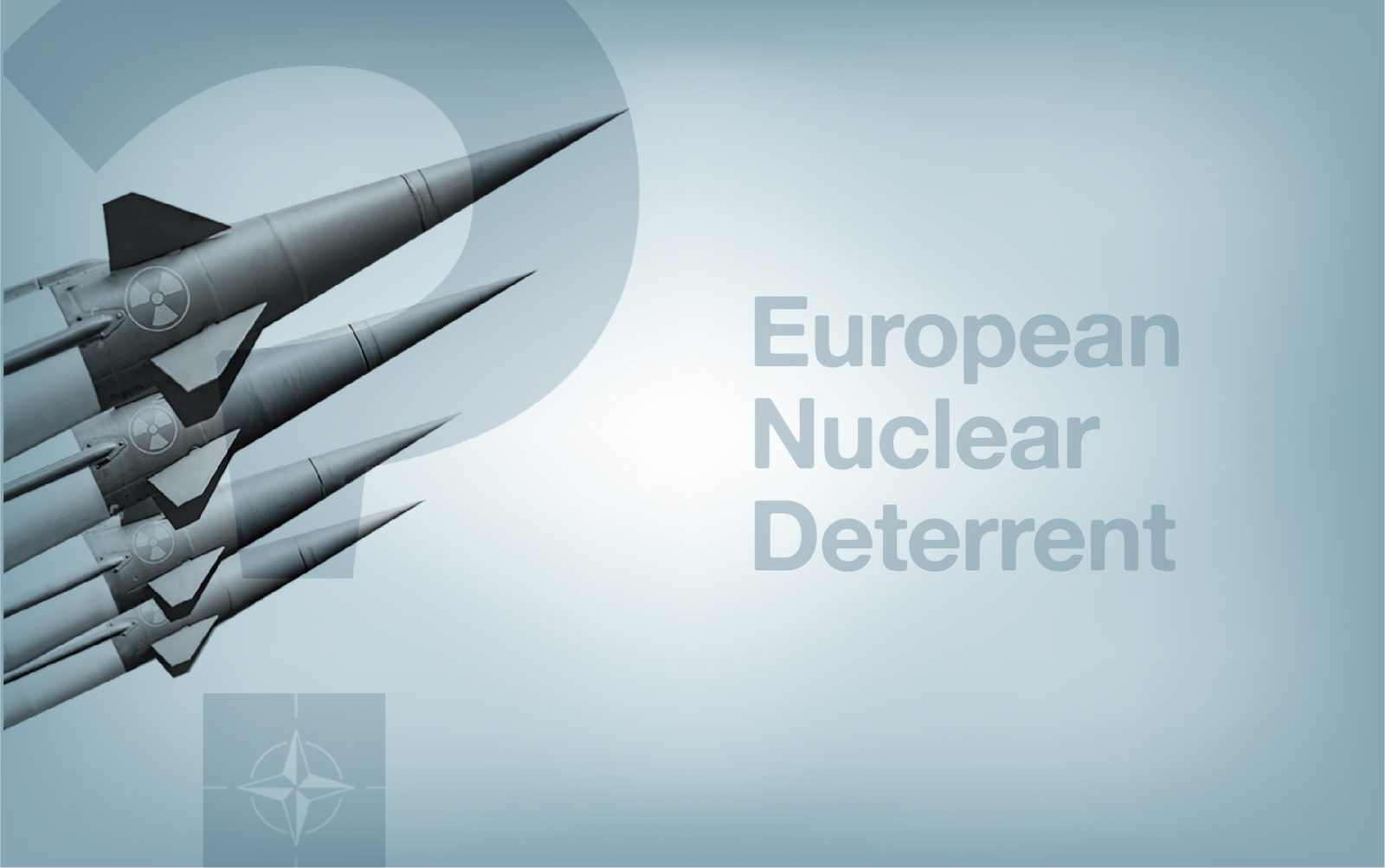
Europe’s nuclear security in the near future depends on quickly integrating enhanced British and French capabilities within NATO, rather than pursuing long-term independent strategies. This approach is vital amid current global power shifts and uncertainty about U.S. reliability. Only through coordination and shared responsibility can Europe’s nuclear deterrence be strengthened and its unity as a transatlantic partner maintained.
Nuclear anxieties in Europe predates the Trump era. In the 1950s, after the failure of the European Defence Community, France, Italy, and then West Germany tried to create their own European nuclear force, but that plan fell apart when France decided to go its own way. Later, Washington floated the Multilateral Force (MLF), a joint NATO nuclear fleet. But that idea didn’t work either. In the end, Germany and Italy accepted protection under America’s nuclear umbrella through NATO’s nuclear sharing. Since then, Europe has relied on Washington for its collective defence and ultimate security.
Today, Europe’s old security setup is under pressure. Russia’s full-scale invasion of Ukraine shattered illusions of a stable post-Cold War nuclear order and has revived nuclear deterrence debates in Europe. Moscow has even used nuclear threats to try to stop NATO from helping Ukraine. Meanwhile, the U.S. is focusing more on strategic pivot on Asia, where China’s rising nuclear arsenal makes things even more complicated. A bipartisan US congressional commission calls China and Russia a “two-nuclear-peer” challenge, highlighting the difficulty of deterring aggression from two nuclear-armed adversaries in distinct theaters—Europe and the Asia-Pacific—at the same time.
Adding to this complex situation is the growing rift between the U.S. and Denmark over Greenland. If tensions escalate, could Article 5 rule that “an attack on one is an attack on all” could ever be used by allies against each other? A sign that NATO’s unity isn’t guaranteed.
In this climate of uncertainty, European leaders are looking for new ways to protect themselves. French President Emmanuel Macron has reiterated the idea of sharing France’s nuclear protection with other Europeans. A sentiment echoed by Poland’s Prime Minister Donald Tusk, who has expressed interest in extending this deterrent to European allies, while hinting at developing a national deterrent. Germany’s Chancellor Friedrich Merz urges engagement with both French and British nuclear capabilities, hinting at an Anglo-French umbrella. But would either option truly deter Russia and reassure Europe?
Right now, these options don’t really solve the problem. Russia nuclear triad has about 5,000 nuclear weapons, while France and the UK together have just over 515 warheads. Both countries have submarines that can launch nuclear missiles, but only France also has planes that can carry them. While both can threaten Russian cities such as Moscow or St. Petersburg, their nuclear forces are smaller, not fully coordinated, and each country makes its own decisions about using them. For a joint Anglo-French deterrent to work, both would have to be willing to risk their own cities to protect places like Warsaw or Riga. An assurance difficult to guarantee outside NATO.
In contrast, for the past 70 years, Europe has relied on the vast and sophisticated U.S. nuclear umbrella — a security framework that includes intercontinental missiles, nuclear-armed submarines, strategic bombers, alongside the stationing of 200 tactical nuclear weapons, and the deployment of 100,000 troops across Europe.
So, what should Europe do next? The best answer is for France and the UK to lead a European nuclear force within NATO, not outside it. This approach strengthens Europe’s nuclear pillar within NATO, complements U.S. extended deterrence, and make things harder for any potential enemy. Some steps could include:
- France joining NATO’s Nuclear Planning Group (NPG), and nuclear missions.
- Both France and the U.K. expand their nuclear and conventional deterrent capabilities. For example, London should develop an air-based nuclear capability, integrating a dual-capable aircraft (DCA) and using a fifth-generation F-35A stealth aircraft.
- Using advanced technology, like AI to missile defense and counter hypersonic threats.
The robust Franco-British defense partnership, established by the Lancaster House Treaties, provides a good starting point.
Maintaining a European nuclear force inside NATO offers three key benefits:
First, it helps keep the peace by making any attack or threat less likely, since both France and the UK would back up the U.S. Amid the ‘two-peer’ challenge, their existence complicates adversary planning, as recognized since the 1974 Ottawa Summit.
Second, it makes NATO stronger, since more European countries would help plan and carry out nuclear missions together. . For example, the ambitious but ultimately unrealized MLF, offers a workable blueprint for integrating French, UK, and potentially other European forces into a new European NATO deterrent..
Third, it saves time and money, because NATO already has the bases, rules, and systems needed. Trying to build a separate European nuclear force would take too long, cost too much, and probably cause arguments..
If the U.S. withdraws from NATO or if problems with Denmark got worse, could France and the U.K. replace America’s nuclear umbrella? Maybe someday, but not right now Their forces complement U.S. deterrence but can’t fully replace it. In that case, there are three possible ways Europe could build its own nuclear deterrent outside NATO
One option envisions a pure form of a “Eurodeterrent”. In other words, Europe would build its own independent nuclear force, separate from NATO. An independent Eurodeterrent would require dedicated infrastructure and clear decision-making authority, among other key requirements.
Conceptually, this could work with a model similar to the Schengen Area or the Eurozone—where only select EU member states participate—could be considered. This would allow certain EU countries, such as Austria, Ireland, and Malta, which are non-NATO members and parties to the Treaty on the Prohibition of Nuclear Weapons, to opt out of the Eurodeterrent, thereby respecting their legal and political commitments.
Another option would be for the French nuclear deterrent to provide a nuclear umbrella for the whole EU, in which case the EU’s mutual defence clause would play a similar role to NATO’s Article 5. However, France currently does not share its nuclear capabilities with other European countries.
The third option would be based on Germany’s “European clause” in its 1975 Treaty on the Non-Proliferation of Nuclear Weapons (NPT) ratification which offers a legal basis for a European nuclear force within the EU framework. Notably, the three NPT depositary states—the U.S., the U.K, and the Soviet Union (now Russia)—did not object to its inclusion, and it remains unchallenged to this day. In my view, this clause provides a legal foundation for the establishment for a Eurodeterrent, ensuring that such an initiative would align with international law while upholding global norms on nuclear weapons, without undermining the NPT regime.
In any case, the UK would need to be involved for any of these plans to work. . For now, these options remain theoretical constructs rather than practical solutions.
Europe needs to act now. The way forward is not a European nuclear deterrent apart from NATO, but one anchored within it. Only then will Europe stand as a true equal transatlantic partner and face any threat with unity and resolve, not division.
ENJOYING THIS CONTENT?







